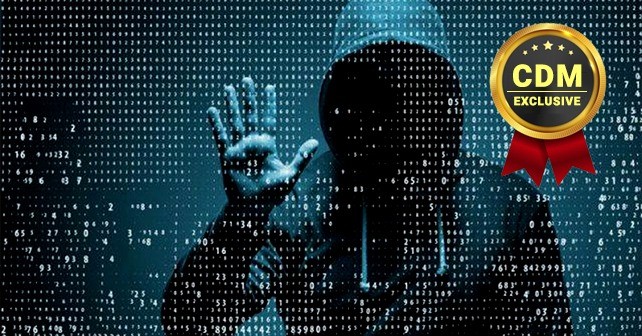By Subhalakshmi Ganapathy, Product Analyst, ManageEngine
Keeping up with the growing security risks and understanding how to protect networks is an ever-constant challenge. As threats evolve, businesses are forced to adapt. There are many misconceptions surrounding network security requirements, and identifying myths about IT security can help business leaders and IT teams make important network security decisions.
Many small-scale business leaders don’t believe that their organizations are at risk of cyberattacks. The truth is attacked can occur in organizations of any size. The number of attacks simply scales up as organizations grow. While a global organization with more than 10,000 employees may receive anywhere from 100-500 attacks per month, an organization with only 1-10 employees is still vulnerable and can expect up to 50 attacks per month. And, only 24 percent of businesses are able to mitigate attacks before they occur, so one must keep in mind that proactively protecting against possible attacks isn’t always feasible. Most attacks can be dealt with only after they actually occur. Businesses of all sizes have to speed up the attack discovery process and react accordingly to ensure complete network security.
Stringent compliance requirements are often seen as the biggest hurdle when it comes to network security, but with the security landscape rapidly changing, compliance is no longer the only challenge. Cloud adoption increased BYOD usage, and evolving threats are beginning to overshadow compliance issues.
Another consideration is “special” solutions. Decision-makers and budget controllers may see special solutions as an unnecessary expense, but operating with only network perimeter devices puts businesses at risk. Sixty-four percent of security administrators say they need a special security intelligence platform to collaborate security data and combat security attacks. Specialized solutions like SIEM are now mandatory for protecting business networks against attacks.
Attacks don’t stick to predictable patterns. Security attacks are dynamic and can change patterns randomly and without warning. Businesses operating under the belief that all security attacks follow the same pattern are putting themselves at risk. Just because businesses in a particular sector seem more susceptible to certain types of attacks doesn’t mean they’re immune to other, less common ones. Organizations need blanket protection from all attacks rather than picking and choosing which types of attack they’re most likely to encounter.
Another factor to keep in mind is that network security must go beyond audit reports. Thirty-five percent of business leaders believe annual audit reports provide a total overview of their organization’s IT security. In reality, continuous monitoring is the key to securing networks. Simply submitting security reports to establish a security policy — and lying idle for the remainder of the year — is not enough. Sixty-four percent of security administrators believe network security goes beyond audit reports. Year-round monitoring keeps network security up to date.
If an organization believes that security breaches only result in financial penalties, they’re mistaken. Seventy-five percent of security administrators say the cost of a data breach goes far beyond the costs of fixing the issue and paying penalties. There’s the obvious risk of lost revenue if an organization can’t operate during an attack, but there’s also the danger of customers losing trust and withdrawing their business.
To combat the myriad evolving cyber threats, businesses must look too intelligent software-based solutions rather than rely on IT security teams to reactively solve these issues themselves. Budgeting for overpriced licenses and costly consulting fees is no longer a valid issue either because there are inexpensive network security solutions available. If a business is proactive with its network security, it won’t have to include costly fixes in its budget. If done correctly, the costs associated with security breaches will be as mythical as the misconceptions we’ve just debunked.
About the Author
 Subhalakshmi Ganapathy is a product analyst for IT security solutions at ManageEngine, a division of Zoho Corp.
Subhalakshmi Ganapathy is a product analyst for IT security solutions at ManageEngine, a division of Zoho Corp.
She has in-depth knowledge of information security and compliance management and provides strategic guidance for enterprises on security information and event management (SIEM), network security, and data privacy.
For more information on ManageEngine, the real-time IT management company, please visit www.manageengine.com; follow the company blog at blogs.manageengine.com, on Facebook at www.facebook.com/ManageEngine and on Twitter @ManageEngine.


